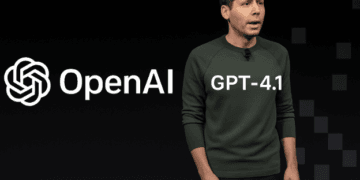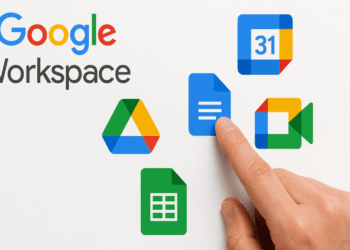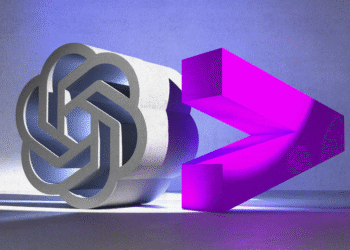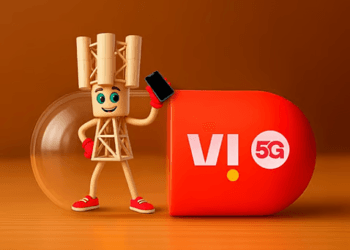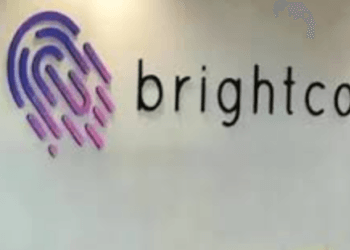DBT Bureau
Pune, 16 April 2025
OpenAI has launched its latest suite of AI models—GPT‑4.1, GPT‑4.1 mini, and GPT‑4.1 nano—marking a significant leap in both performance and efficiency. Designed to outperform their predecessors across a wide range of benchmarks, these models bring major advances in coding, instruction following, and long-context comprehension, all while offering lower latency and cost.
The GPT‑4.1 models support a massive context window of up to 1 million tokens, with enhanced abilities to make use of that long context effectively. This positions them as state-of-the-art tools for a variety of real-world applications, from software development to customer service automation.
GPT‑4.1 leads the pack in industry-standard evaluations:
Coding: Scoring 54.6% on SWE-bench Verified, GPT‑4.1 achieves a 21.4 percentage point gain over GPT‑4o and a 26.6 point leap over GPT‑4.5, establishing itself as the top model for code-related tasks.
Instruction Following: On the MultiChallenge benchmark by Scale, GPT‑4.1 scores 38.3%, a 10.5 point increase over GPT‑4o.
Long-Context Understanding: The model also sets a new record on the Video-MME benchmark for multimodal comprehension, reaching 72.0% in the “long, no subtitles” category—a 6.7 point improvement over GPT‑4o.
Performance Across the Curve
GPT‑4.1 Mini offers a substantial performance boost over GPT‑4o while cutting latency nearly in half and slashing costs by 83%. It performs on par or better than GPT‑4o on intelligence benchmarks, making it a top choice for developers balancing performance and efficiency.
GPT‑4.1 Nano is the smallest, fastest, and most affordable model of the new trio, with standout scores of 80.1% on MMLU, 50.3% on GPQA, and 9.8% on Aider polyglot coding—outperforming GPT‑4o mini. Ideal for lightweight tasks like classification and autocompletion, it retains the full 1 million token context window of its larger siblings.
Optimized for Real-World Use
OpenAI emphasizes that these models were not only built to score high on benchmarks, but also to deliver tangible utility in real-world applications. With improved reliability in instruction following and long-context understanding, the GPT‑4.1 family is especially well-suited for powering intelligent agents capable of handling complex, multi-step tasks. When combined with tools like the Responses API, developers can now build systems that autonomously resolve customer inquiries, analyze large-scale documents, and assist with software engineering tasks more effectively than ever before.
Transition and Availability
While the GPT‑4.1 model family is exclusive to the API, OpenAI has been incorporating many of these improvements into the GPT‑4o model used in ChatGPT, with more enhancements planned for future releases.
In light of GPT‑4.1’s superior performance and cost-efficiency, OpenAI announced plans to deprecate GPT‑4.5 Preview in the API by July 14, 2025. The company noted that GPT‑4.5 served as a research preview and that valuable feedback from developers has been instrumental in shaping the new generation of models.
With this launch, OpenAI is setting a new standard for scalable, high-performing AI. Whether you’re building agents, writing software, or managing enterprise workflows, GPT‑4.1 offers a powerful, cost-effective solution across the board.
